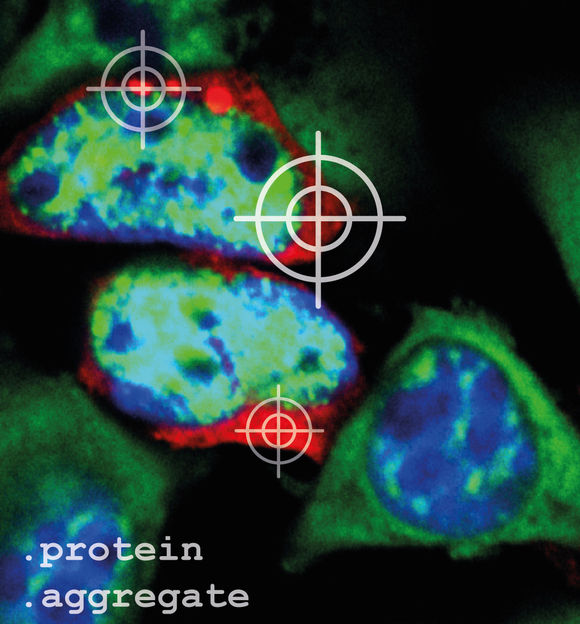Children's Oncology Group and Apeiron to jointly conduct phase II study in neuroblastoma with APN301
Advertisement
APEIRON Biologics AG and the Children s Oncology Group (COG) announced a collaboration on conducting a clinical phase II study in neuroblastoma patients.
In the course of this new clinical trial, Apeiron´s APN301, a recombinant fusion protein consisting of the humanized anti-GD2 monoclonal antibody hu14.18 fused to the cytokine interleukin-2 (IL2), will be administered together with GM-CSF and isotretinoin to children with refractory or relapsed neuroblastoma. The design of this trial is based on a recently concluded study with an anti-GD2 monoclonal antibody, performed by COG, in which clinical activity was shown.
The study is scheduled to start in the third quarter of 2011 and will be conducted in multiple hospitals throughout the United States and Canada.
Other news from the department research and development
Most read news
More news from our other portals
See the theme worlds for related content
Topic world Antibodies
Antibodies are specialized molecules of our immune system that can specifically recognize and neutralize pathogens or foreign substances. Antibody research in biotech and pharma has recognized this natural defense potential and is working intensively to make it therapeutically useful. From monoclonal antibodies used against cancer or autoimmune diseases to antibody-drug conjugates that specifically transport drugs to disease cells - the possibilities are enormous

Topic world Antibodies
Antibodies are specialized molecules of our immune system that can specifically recognize and neutralize pathogens or foreign substances. Antibody research in biotech and pharma has recognized this natural defense potential and is working intensively to make it therapeutically useful. From monoclonal antibodies used against cancer or autoimmune diseases to antibody-drug conjugates that specifically transport drugs to disease cells - the possibilities are enormous





























































